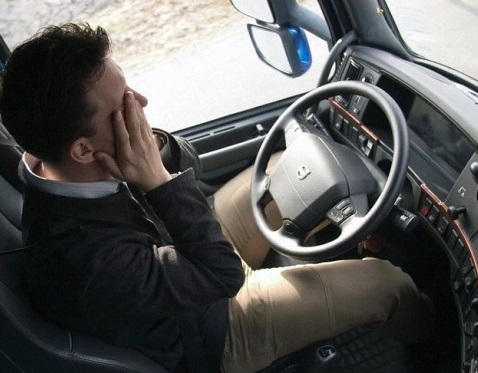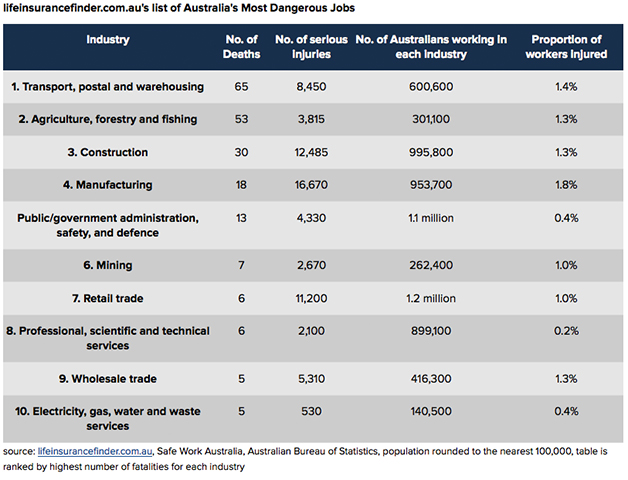Rates make element of driver danger
 A new study has shown that truck drivers paid on per-km or per-trip rates are more likely to push themselves too far.
A new study has shown that truck drivers paid on per-km or per-trip rates are more likely to push themselves too far.
The Monash University Accident Research Centre says that on average, drivers paid on explicit output terms kept driving an extra 100km per day, working up to 10 hours more per week.
Researchers Jason Thompson and Mark Stevenson, co-authors of the Associations Between Methods of Heavy Vehicle Driver Compensation and Fatigue-Related Driving Behaviour study, said the extra work was actually quite easy to spot.
"You do hear different opinions about the effect of pay incentives... [but] essentially, these are incentivising more working behaviour,” Dr Thompson said.
The study also says drivers working on piece rates are more likely to reach for artificial stimulants to stay alert on the road.
Around 70 per cent of transport workers interviewed used caffeine regularly for this purpose, but only 45 per cent of drivers on set hourly or weekly wages said the same.
Ten per cent of drivers on piece rates had used amphetamines, researchers said, compared with essentially no drivers on time-based pay.
A spokesperson for the Australian Road Transport Industrial Organisation (ARTIO) said the research landed on what was a common conclusion about parts of the trucking industry, but it may have missed some details.
ARTIO secretary Peter Garske says the methodology of the km-rate in the long distance transport award was established with an hourly rate reference, which he says should cut the incentive to break regulations.
“Fundamentally, we should be looking at enforcement and compliance of the existing regulations,” Garske says.
“Where there exists a culture that says it’s okay to drive too long, industry associations are working with regulators to stamp that out.”
At the same time, industry researchers say that transport and logistics workers have again topped the list of the most deadly jobs in Australia.
Figures show 65 transport and storage workers were killed at work in a single year, and 1.4 per cent of the entire workforce suffers a serious injury.








 Print
Print